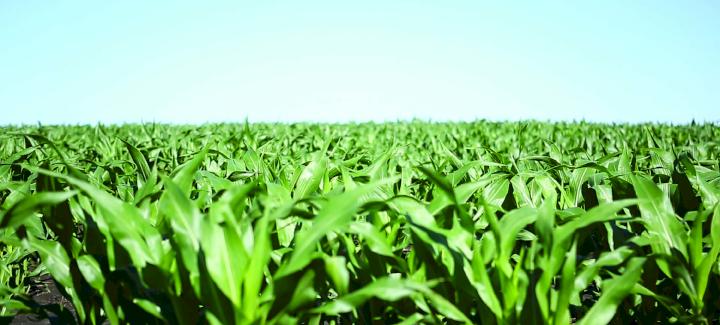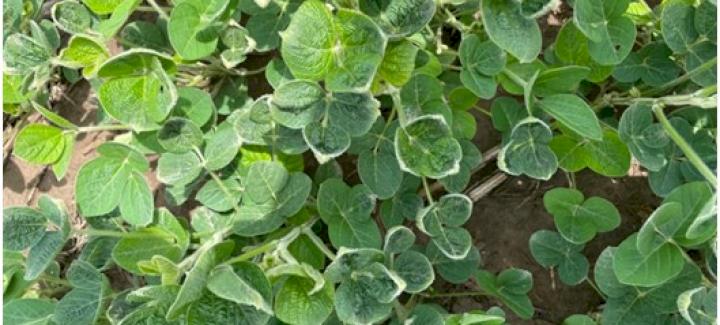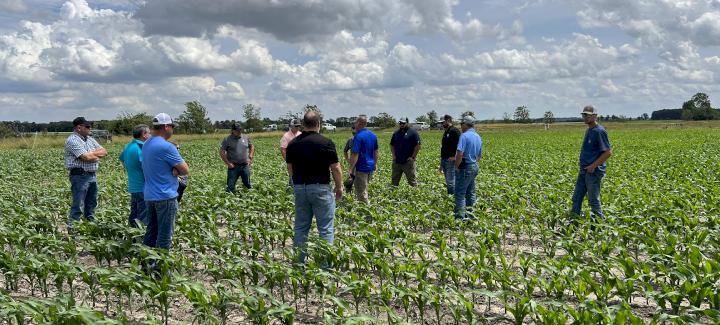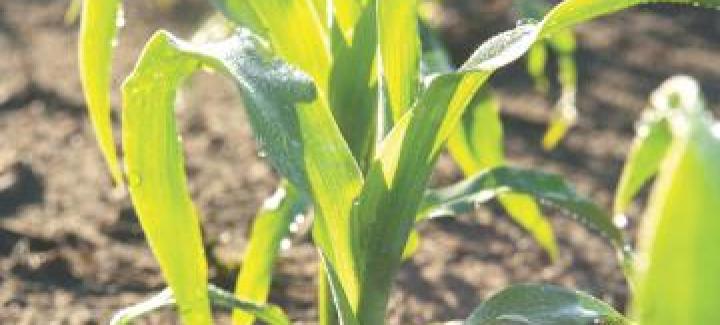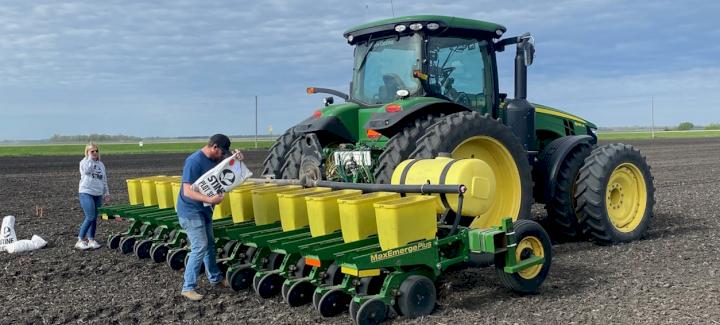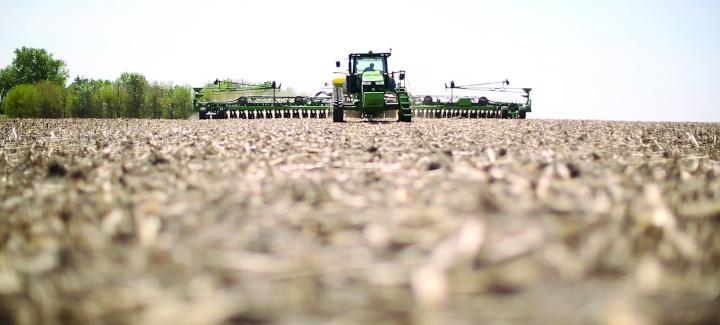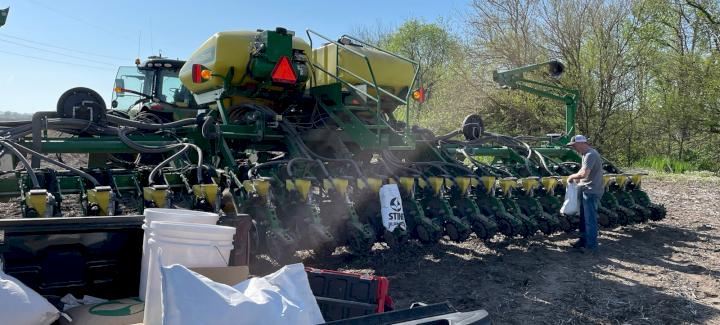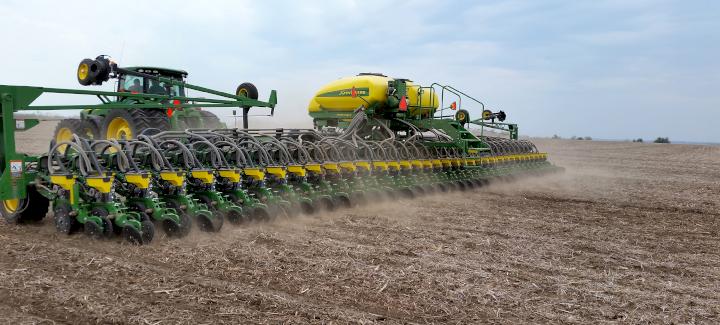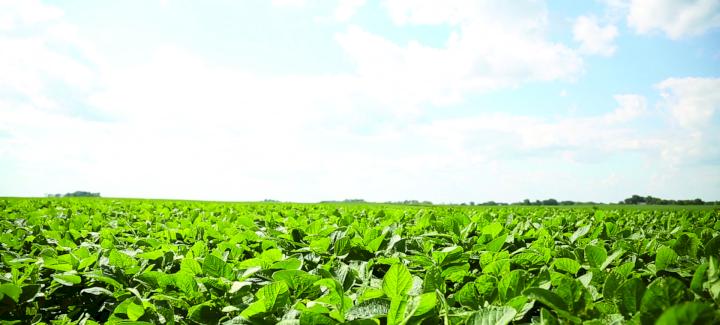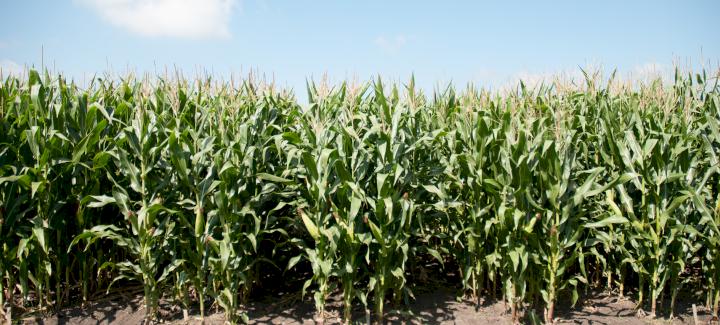Stine Seed Blog
Stine’s Ask the Agronomist blog is your source to the latest information from our expert team, including advice and insight on field practices, product recommendations, planting and harvest updates, new technologies, crop management, innovative research and information about how to keep your farm operation running smoothly year round.
-

Yield+ Performance with MX Series Corn by Stine®
July 2022 in Agronomy
-

Suspected dicamba-related injury
July 2022 in Agronomy
-

5 steps to protect your crop after a storm
June 2022 in Agronomy
-

Meet our agronomy team
June 2022 in Agronomy
-

Get to know Stine® 9714 Brand Corn — a leader in the short-stature corn movement
June 2022 in Agronomy
-

Late planting corn and soybeans? Here are some options.
June 2022 in Agronomy
-

Planting Progress Roundup: Part 2
May 2022 in Agronomy
-

Planting Progress Roundup: Part 1
May 2022 in Agronomy
-

Join the Stine legacy
May 2022 in General
-

Don’t fret, stick to your planting plan
May 2022 in Agronomy
-

Scout often for these common soybean diseases
April 2022 in Agronomy
-

Don’t let common corn diseases affect your yield game
April 2022 in Agronomy

